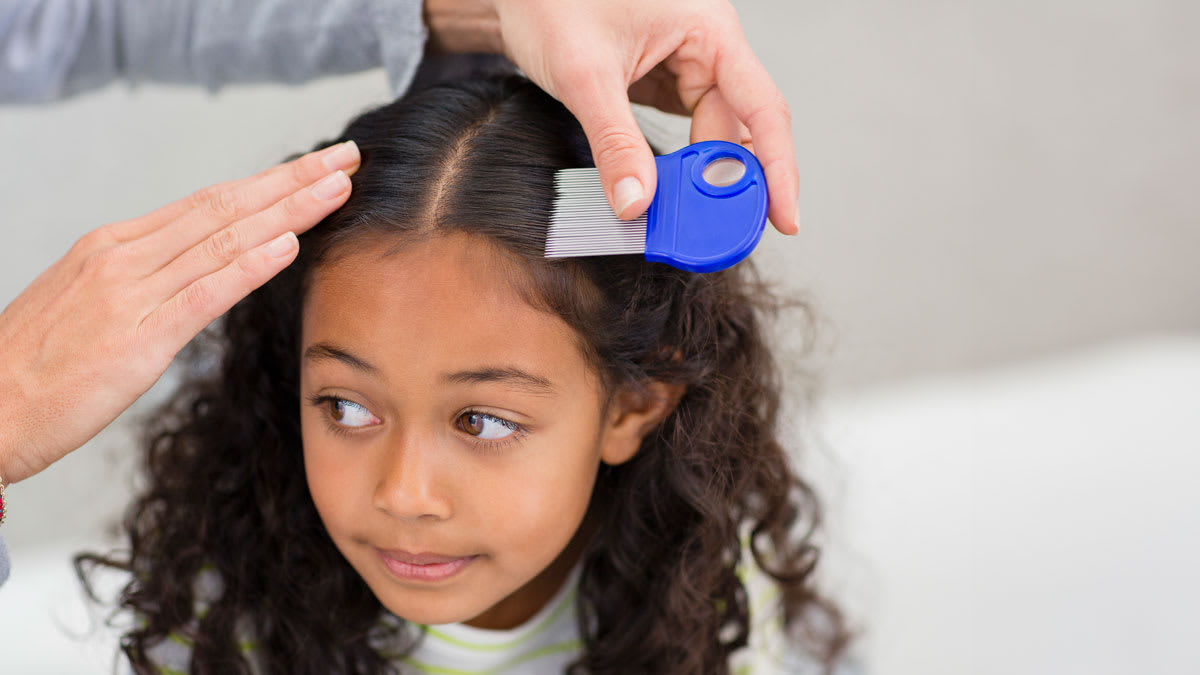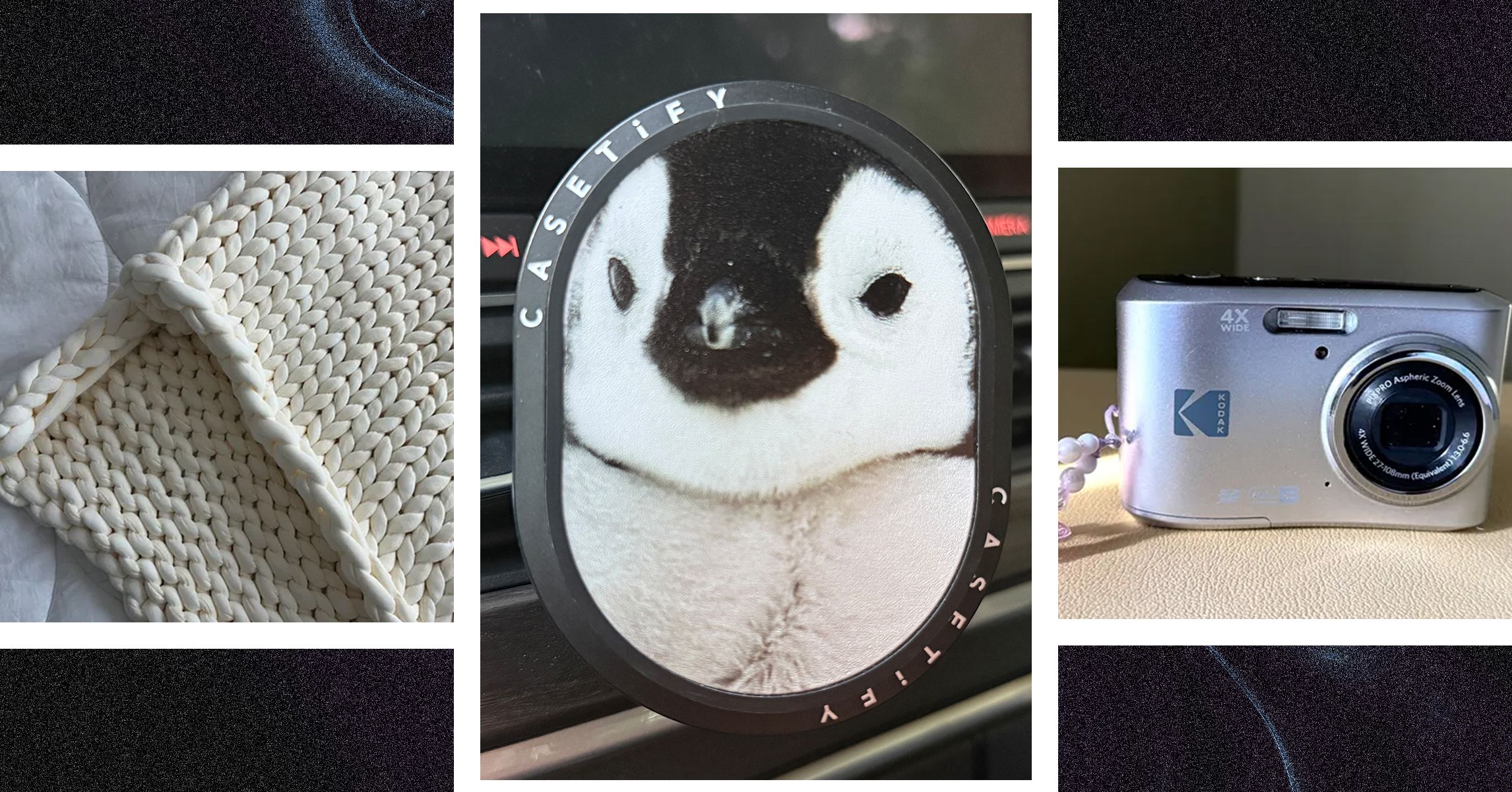
The truth: Lice, which are wingless, don’t jump or fly. They don’t hop from place to place, either. They can crawl, however, and very quickly, because their legs are very well adapted for crawling. And once they crawl onto a child’s head, they tend to hang on tightly, thanks to the hooklike claws they have at the end of their legs.
So how do they get from head to head? By crawling from one head to another, via direct head-to-head contact between two people.
Though it’s theoretically possible to pick up a louse from a public place, such as a movie theater seat, it would be highly unlikely. That’s because lice live on human heads, and they need to feed every 4 to 6 hours. Adults can survive for only about a day if they fall off. (They don’t live on pets, either—only people.)
In fact, it’s pretty unlikely that lice will be transmitted from person to person without direct head-to-head contact, Gouge says.
Even the sharing of helmets, clothes, pillows, and hairbrushes probably rarely leads to lice transmission, according to the CDC. The risk is greater, however, when these types of items are used by more than one child in quick succession, Gouge says. And if someone in your household does have lice, it’s a good idea to launder their bedding and clothes and to clean hair-care items as a precaution, according to the AAP.









